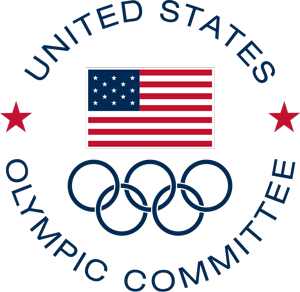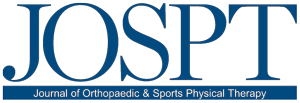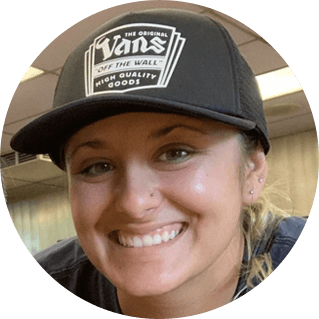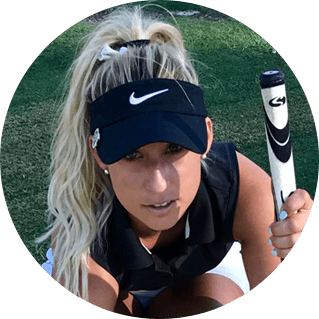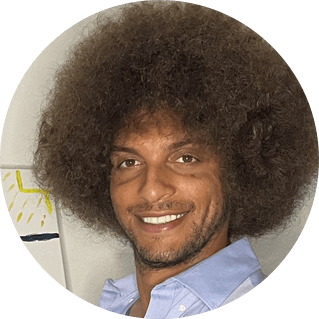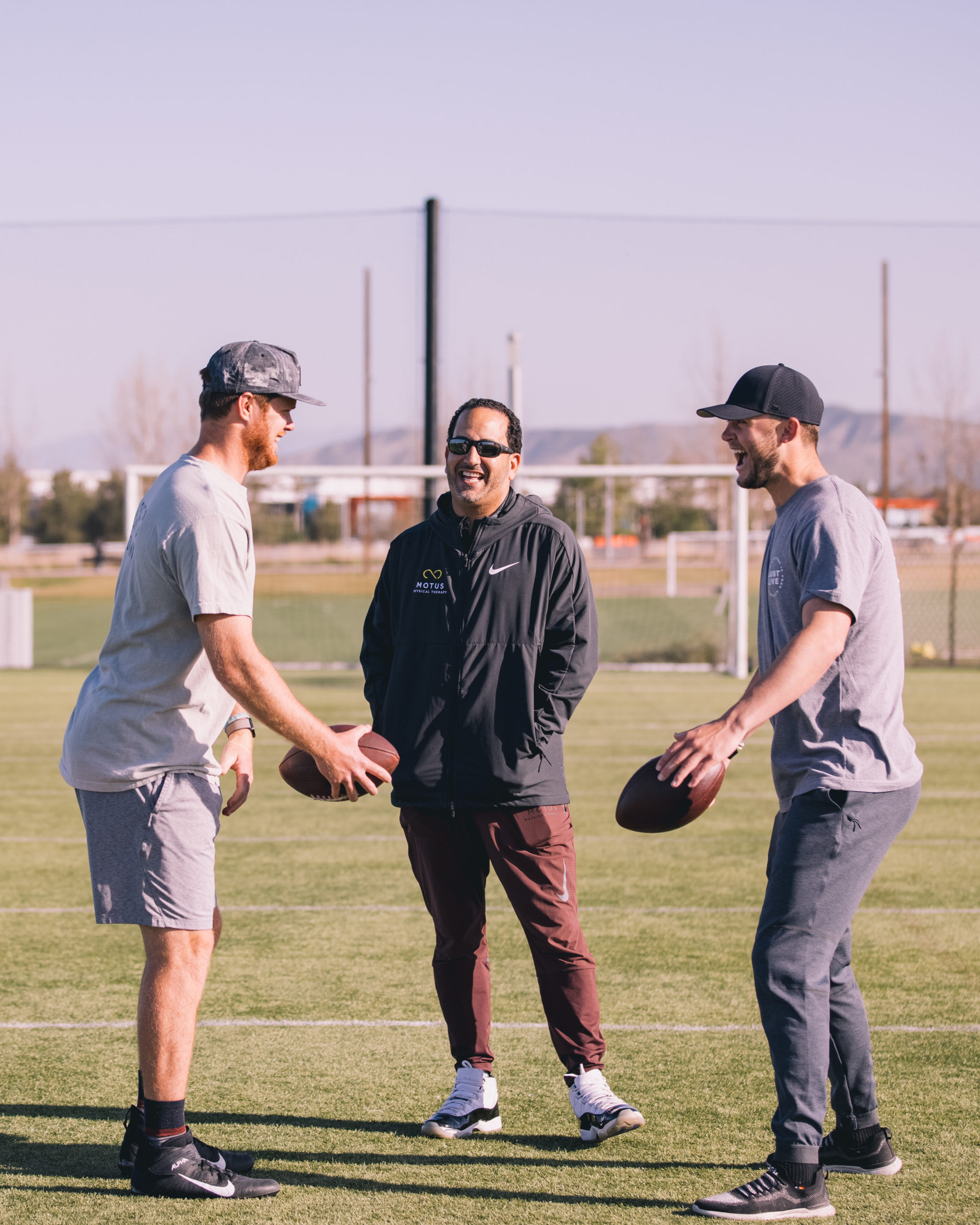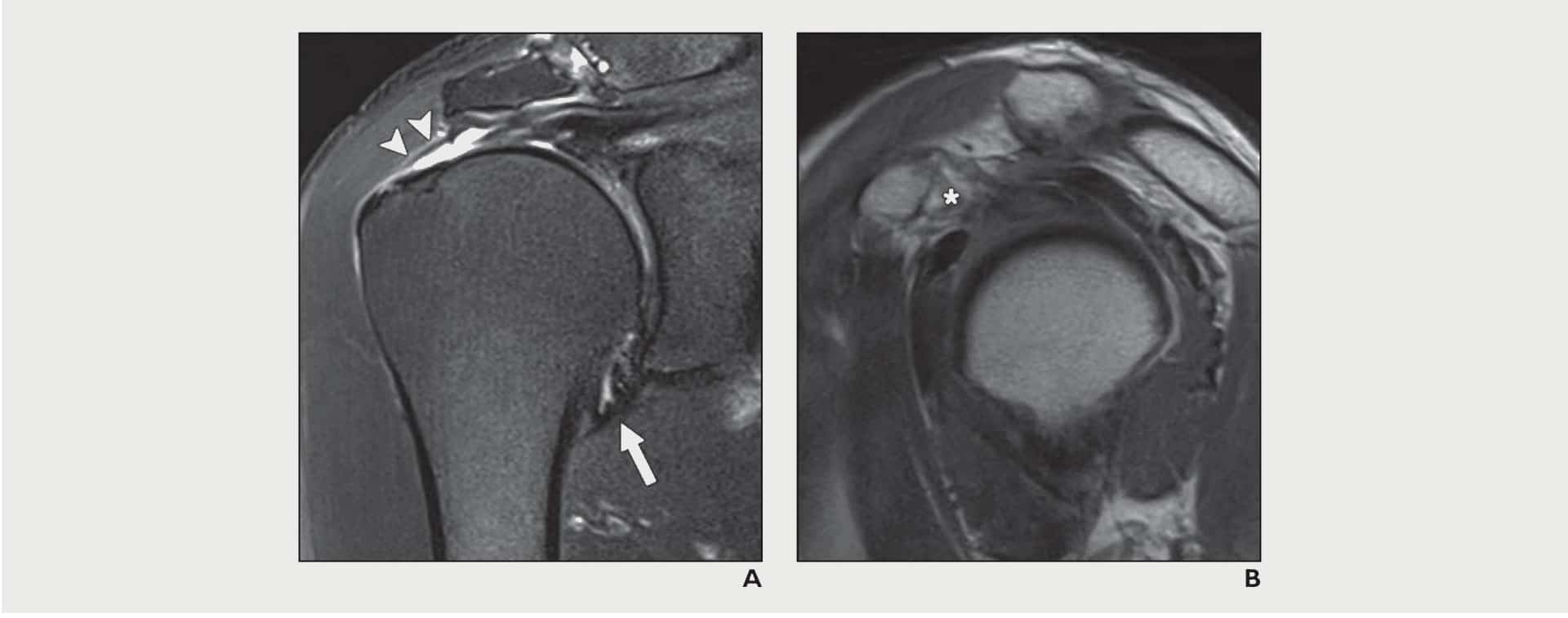
When it comes to rotator cuff tears, there are a lot of misinformation and confusion. What is the best treatment? Should I have surgery or go through physical therapy? You may be asking these questions and more. The truth is that every case is different, so you should get an evaluation by your doctor or a physical therapist to determine your next steps. This blog post will give you some information about rotator cuff tears in general as well as discuss both physical therapy and rehabilitation strategies for individuals with rotator cuff problems.
One of the most common questions we get asked about rotator cuff tears is what they feel like. Unfortunately, there isn’t one answer to that question since each individual experiences pain differently.
This pain is exacerbated by movements such as reaching and lifting the arm above shoulder level. This pain may also be present at rest, especially in overhead positions like sleeping on your side.
Another sign of a tear is arm weakness, when you can’t lift up your arm very far overhead without feeling arm pain. If you are experiencing any of these symptoms, it is recommended you seek out the care of a physical therapist for a thorough physical exam of your shoulder joint.
A rotator cuff tear can happen to anyone, the majority of rotator cuff tears occur in people over 50 years old, which is when wear and tear as a degenerative tear). People in their 50s and 60s are at a significantly in creased risk for rotator cuff tears because tendons lose elasticity with age.
While athletes competing in sports that require repetitive shoulder use are more likely to experience tendon tears due to overuse. Additionally, rotator cuff tears can also be sustained due to a traumatic injury, such as a fall or collision.
Your doctor or physical therapist will take an extensive medical history and perform a physical exam including a battery of clinical tests to determine whether or not you have a rotator cuff tear. Orthopaedic surgeons may order an MRI to confirm your diagnosis of a partial tear or complete tear of the rotator cuff. An MRI is the best way to see the soft tissues in your shoulder, including the rotator cuff muscles and tendons. The rotator cuff is located in your shoulder and consists of 4 muscles (supraspinatus, infraspinatus, teres minor, and subscapularis) that help stabilize your shoulder. The shoulder is a ball-and-socket joint: the ball or head of the humerus (your upper arm bone) fits into the shoulder socket. The muscles of the rotator cuff work together to allow you to reach up overhead and rotate your arm (i.e. reach behind your back to put on a backpack or reach overhead for something in the top shelf of a cabinet).
The good news is that most rotator cuff tears can be treated without surgery. Physical therapy is often the best option and has been shown to be very effective in improving shoulder function and reducing pain. Physical therapy treatment will include exercises to help strengthen the muscles around your shoulder and improve your range of motion. You will also learn a number of techniques to manage pain, including the use of a massage gun, foam roller or tennis ball that can be done at home in conjunction with physical therapy.
Physical therapy will consist of a number of different treatments to help overcome your rotator cuff injury. The first is strengthening exercises to improve shoulder function and reduce pain. These may include resistance band work or lifting weights with your legs instead of arms. Your physical therapist will also teach you proper technique for daily activities like reaching up into cupboards, carrying heavy objects, laundry, and vacuuming to restore function.
Your physical therapy treatment will also include stretching exercises to improve range of motion. This will be important for regaining full shoulder movement and preventing long-term stiffness. You may also need manual therapy by your physical therapist to help with joint mobility and to break down any scar tissue that has built up around the rotator cuff injury. Other treatments may include the use of modalities to reduce inflammation and promote healing.
Your physical therapist will create a personalized program for you that is tailored to your specific needs. It is important to follow all the instructions and complete the exercises as prescribed. This will help you recover from your rotator cuff tear and get back to living life with out pain.
While most rotator cuff tears can be treated without surgery, in some cases, surgery may be necessary. If you have a complete tear or the rotator cuff problem is affecting your ability to move your arm, surgery may be recommended. Your doctor will discuss all of your treatment options with you and help you decide what is best for you. Post-operative rehabilitation is an important part of your recovery and you will likely need to attend physical therapy for a number of weeks or months to return to full function.
This post was written by one of our Sports Physical Therapists! Click here to learn more about us or visit our website for additional blog posts: mostusspt.com





